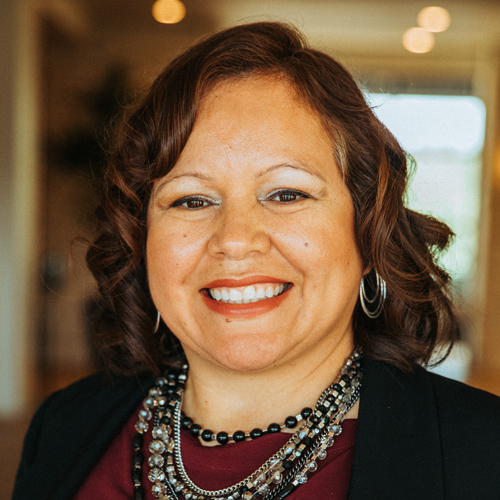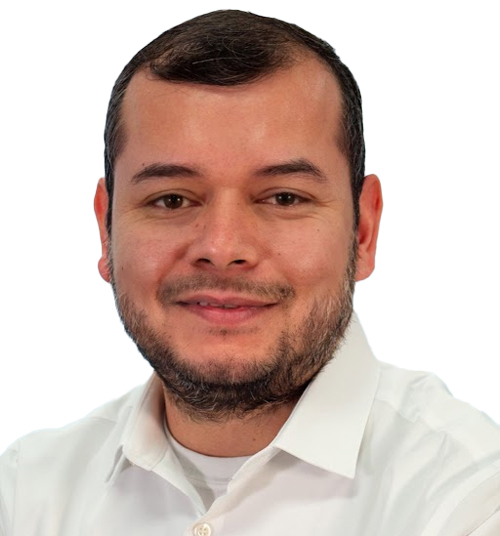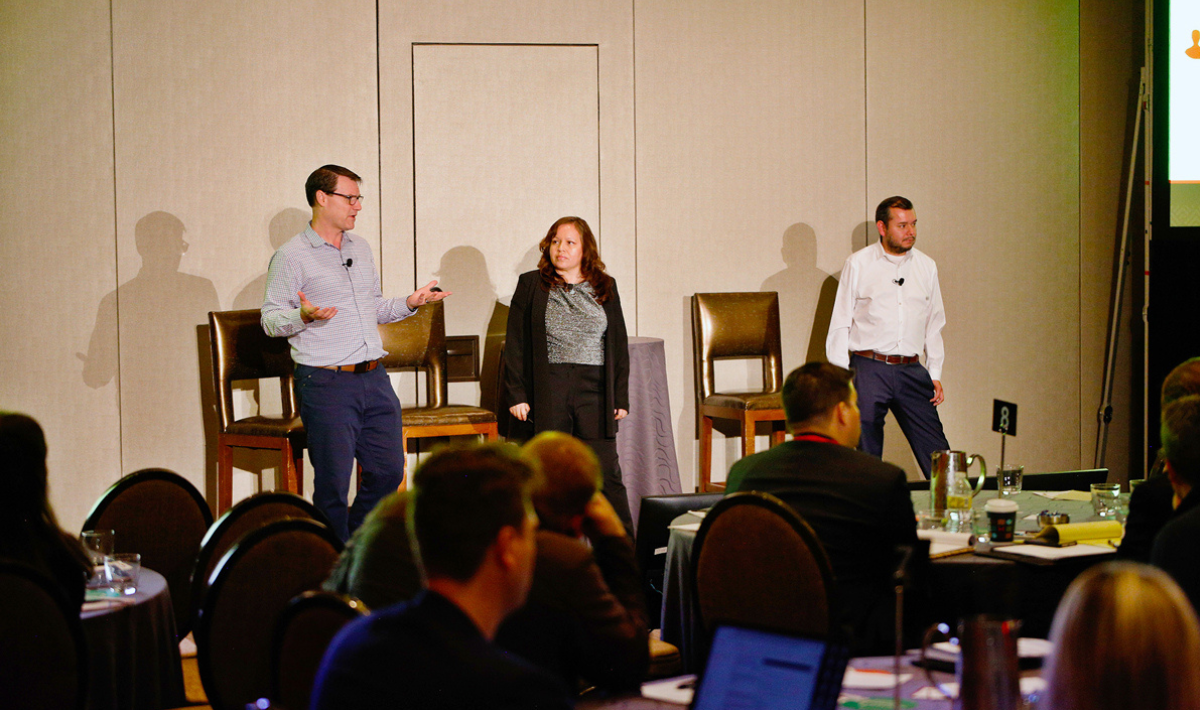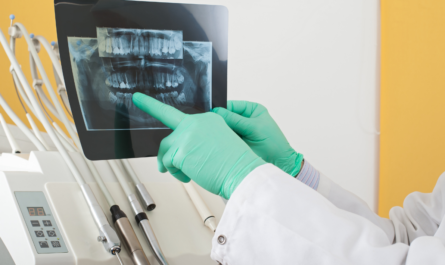Tips and tricks for DSOs looking to increase efficiency.
By Norma Romero and Humberto Romero
Revenue cycle management is a relatively straightforward process that brings together the business and clinical sides of healthcare. It includes a range of tasks, including charge capture, claim submission, coding diagnoses and procedures, and collecting payments. However, the seemingly limitless number of variations available in the dental sector in terms of payers and processes means that revenue cycle management at many DSOs and dental practices is sub-optimal.
Revenue cycle management is an incredibly important pillar of your organization. When you build out your org chart, it should include everything at the practice level to do with entering the information into the EHR that is going to be part of or included in the claims submissions. If you break it down, practice management or practice level employees are engaging revenue cycle management activities every day, so you can centralize these processes all the way up.
It is really difficult to do everything in revenue cycle management without assistance or doctor feedback or input. The whole process actually starts with the clinician’s notes about what the patient needs for treatment, and then it goes all the way through claims submissions.
Revenue cycle management at Community Dental Partners
Around 2012-2013, Community Dental Partners had eight locations. It was an exciting period for Community Dental Partners – we had a vision for growth, but not necessarily a direction for how to get there. Additionally, we weren’t sure whether the systems we had in place could withstand our vision for growth.
We were centralizing everything, and we started creating reports so that we could begin to utilize data that we weren’t getting from Dentrix. Until then, everything had been measured by feelings and assumptions, which obviously doesn’t generate the information that you need to develop an effective system. We changed our systems from Dentrix to Open Dental and began to create a collections report that we still use today.
The collections report was developed because we needed a way to track KPIs while we were still growing from eight locations. With so many different performance indicators to keep track of, like collections, appeals, and claims, the collections report is an invaluable tool that gives us better insight into how our revenue cycle management processes work for our organization.
Not only did this report give us better data on the financial comings and goings of our practices, it also gave us the data on the people working at Community Dental Partners. One of the things we noticed was that some of our “amazing” employees were not actually that amazing. It turns out that they were not being as efficient as we thought and were just sending claims without auditing them first.
We use Open Dental to assign tasks to each dental practice and to follow up on anything that they need, whether it’s a doctor or an assistant. We make sure they get it right with a quality assurance team. If everything is good and clean, we can hit submit all day. But if there are any issues, this team pushes tasks back to the practices to fix them.
It takes a village
Once we started to develop better systems for our revenue cycle management processes, we began to establish better teams to oversee each step of the process. This was partially out of necessity, as we realized every month that we were adding a few more practices to the organization, and we knew that the system would not have been able to support that kind of scale.
We started with a full-time, in-house billing trainer to train the front desk staff, new practice managers and billing employees on our system. With as big as we were getting, we realized that one trainer for 70 locations (and we’re still growing), would not work either. Now, we have another training department that we outsourced to the Philippines that works with all of our new billing employees, while the Community Dental Partners trainer will train practice managers and front desk staff.
Part of the challenge in running such a large DSO is finding ways to increase efficiency throughout the organization. One of our key findings was that our teams need to be siloed off – while working with each other is still a necessity, it’s important that each department was only working with their specific responsibilities. When an employee is constantly switching tasks between auditing claims, appeals, and posting payments in the system, it’s really hard to maintain efficiency with that kind of workflow. If our employees are on the claims audit team, that’s what they do all day long.
Because Community Dental Partners is responsible for so many practices, we have a huge team that works with revenue cycle management. We run about one and half employees for each location, ensuring that each of our dental partners has the support and attention they need for their revenue cycle management.
Our team is constantly growing, which is always exciting and challenging! While we are always looking for ways to increase efficiencies for our dental partners and trying to improve our processes along the way, we have built a revenue cycle management team that we are very proud of.
Norma Romero started at CDP as a financial assistant in 2010 and held several other positions before becoming Chief Compliance Officer in 2015.
Humberto Romero, Billing and Credentialing Director for CDP, has over 20 years of management experience.







